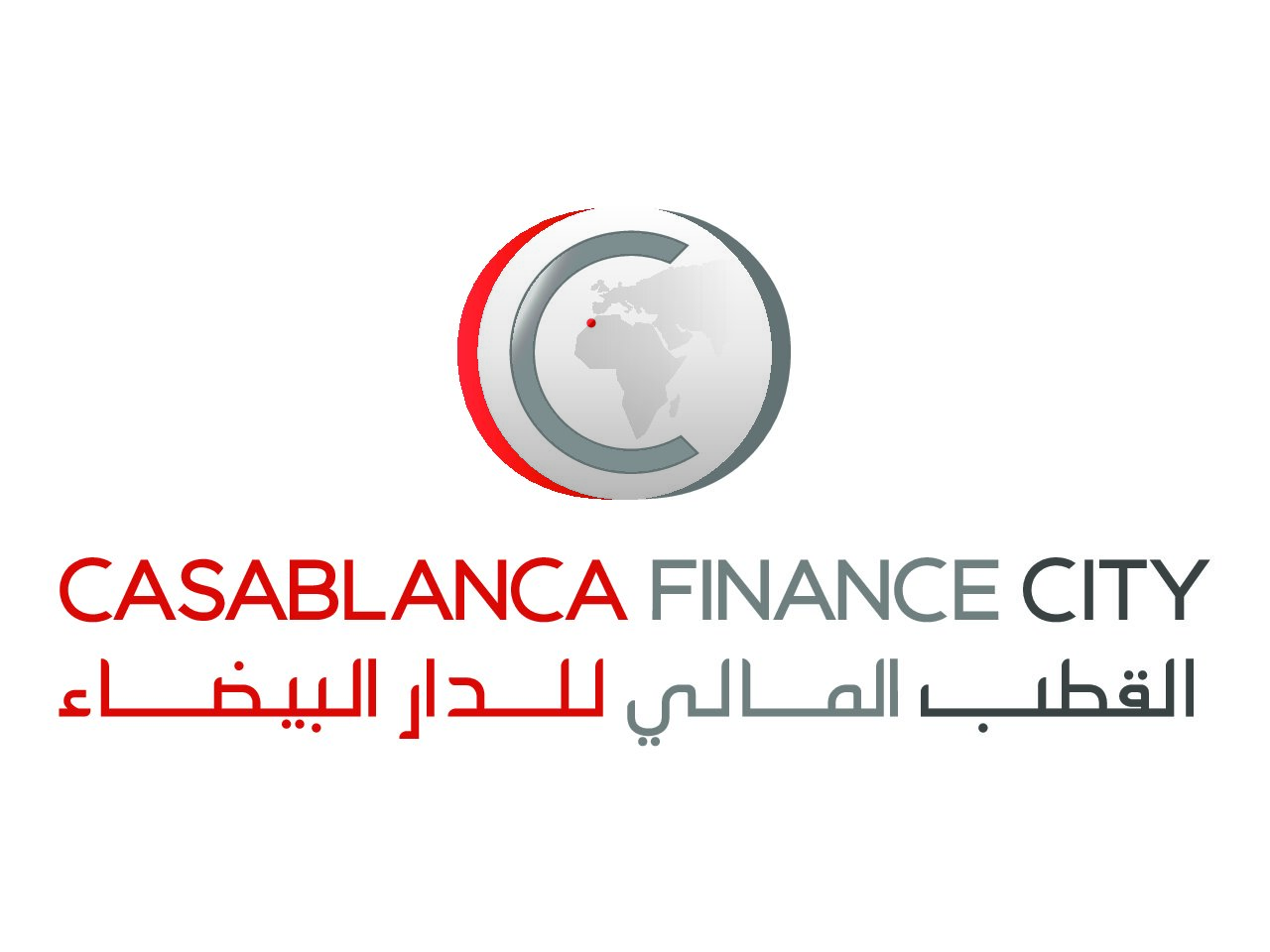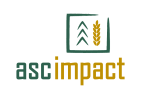Unlocking the Potential: Investing in African Mining
Africa is a treasure trove of mineral wealth.
Its vast reserves of precious metals, diamonds, and rare earth minerals are largely untapped.

This presents a wealth of African mining investment opportunities. Yet, investing in this sector is not without its challenges.
Political instability, regulatory changes, and infrastructure deficits can pose significant risks.
This article aims to guide potential investors through the complex landscape of mining in Africa. It will highlight the potential rewards, discuss the risks, and provide strategies for making informed and responsible investment decisions.
Whether you’re a private investor, an investment firm, or an entrepreneur, this guide will offer valuable insights into the African mining sector.
The Allure of African Mining Investment Opportunities
Africa’s mineral resources are incredibly diverse and abundant.
From precious metals and diamonds to rare earth minerals, the continent is a veritable treasure chest.
This richness is globally significant. Africa holds about 30% of the world’s mineral reserves, making it a key player in the global mining industry.
Investing in African mining can offer high returns. The vast untapped resources present a unique opportunity for investors willing to navigate the complexities of the sector.
Key countries for mining investment include:
- South Africa, known for its platinum and chromium production
- The Democratic Republic of Congo, a major producer of cobalt and copper
- Ghana and Mali, significant gold producers
- Zambia, rich in copper and cobalt reserves
Each of these countries offers unique opportunities and challenges for investors. Understanding their specific contexts is crucial for successful investment.
Understanding the Risks and Challenges
Investing in African mining is not without its risks. Political instability can pose significant challenges.
Changes in government can lead to regulatory shifts. These can impact mining operations and investment returns.
Infrastructure deficits are another hurdle. Reliable transport and power are crucial for mining operations. Yet, these are often lacking in mining regions.
Environmental, social, and governance (ESG) factors are also important. Investors need to consider the environmental impact of mining. They also need to assess the social implications and the governance structures in place.
Artisanal and small-scale mining (ASM) presents another challenge. While it provides livelihoods for many, it often operates outside formal regulatory frameworks. This can lead to conflicts with large-scale mining operations and pose reputational risks for investors.
Navigating the Investment Landscape
The African Mining Vision (AMV) is a key framework for mining in Africa. It aims to ensure transparent, equitable, and optimal exploitation of mineral resources. The AMV seeks to integrate mining into broader economic and social development plans.
Partnerships with local governments and communities are crucial. They can help ensure the sustainability of mining investments. They can also help mitigate potential conflicts and foster social license to operate.
Due diligence is essential when investing in African mining. Investors need to understand the legal and tax implications of their investments. They also need to assess the stability and enforceability of mining contracts.
Investors should also consider the following:
- The potential impact of international trade wars on African mining exports.
- The role of digitalization and data analytics in modern mining operations.
- The importance of health and safety standards in mining investments.
In conclusion, navigating the investment landscape requires a thorough understanding of the sector. It also requires a commitment to responsible and sustainable investment practices.
Technological and Market Trends Shaping the Future
Technological advancements are revolutionizing mineral exploration. New technologies are making exploration more efficient and less environmentally invasive. For instance, remote sensing and data analytics are helping to identify promising exploration targets.
The rise in electric vehicle production is also shaping the mining sector. It’s increasing demand for minerals like cobalt and lithium. Africa, with its vast mineral reserves, stands to benefit from this trend.
The African Continental Free Trade Area (AfCFTA) is another significant development. It aims to create a single market for goods and services in Africa. This could impact the mining sector by reducing trade barriers and fostering regional integration.
However, these trends also bring new challenges. They require mining companies to adapt and innovate. They also underscore the need for sustainable and responsible mining practices.
Strategic Investment Opportunities
Investing in mining infrastructure presents significant opportunities. Infrastructure such as rail, ports, and power are crucial for mining operations. They also contribute to broader economic development.
Exploration companies offer another entry point for investors. These companies are often at the forefront of discovering new mineral deposits. Investing in them can provide exposure to the sector without the need for large capital outlays.
Public-private partnerships (PPPs) are also gaining traction in the mining sector. They can help mobilize private sector resources for public sector projects. They can also help mitigate risks and share rewards.
However, these investment strategies require careful consideration. They involve different levels of risk and potential returns. Due diligence and a clear understanding of the investment landscape are essential.
Making a Responsible and Profitable Investment
Corporate social responsibility (CSR) and ethical mining practices are crucial. They not only mitigate risks but also enhance the reputation of investors. They can also contribute to long-term profitability.
Community development projects are another aspect of responsible investment. They can help secure social license to operate. They can also foster goodwill and positive relationships with local communities.
Local content policies are also important. They ensure that the benefits of mining are shared with local communities. They can also help build local capacity and contribute to sustainable development.
In conclusion, responsible and profitable investment in African mining requires a balanced approach. It involves not only seeking returns but also contributing to social and economic development.
Conclusion: Seizing the Opportunity Responsibly
Investing in African mining presents significant rewards. The continent’s vast untapped mineral resources offer high return potential. Yet, it’s crucial to navigate this landscape with informed and responsible strategies.
Investors must consider not only the financial aspects but also the social and environmental impacts. This approach ensures sustainable and profitable investments. It also contributes to the broader development goals of the African continent.
Engagement with the African mining sector is encouraged. It’s a journey filled with opportunities and challenges. Yet, with the right approach, it can unlock immense potential for investors and the continent alike.





























